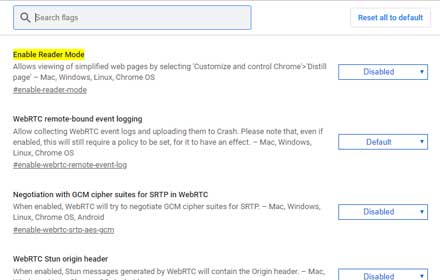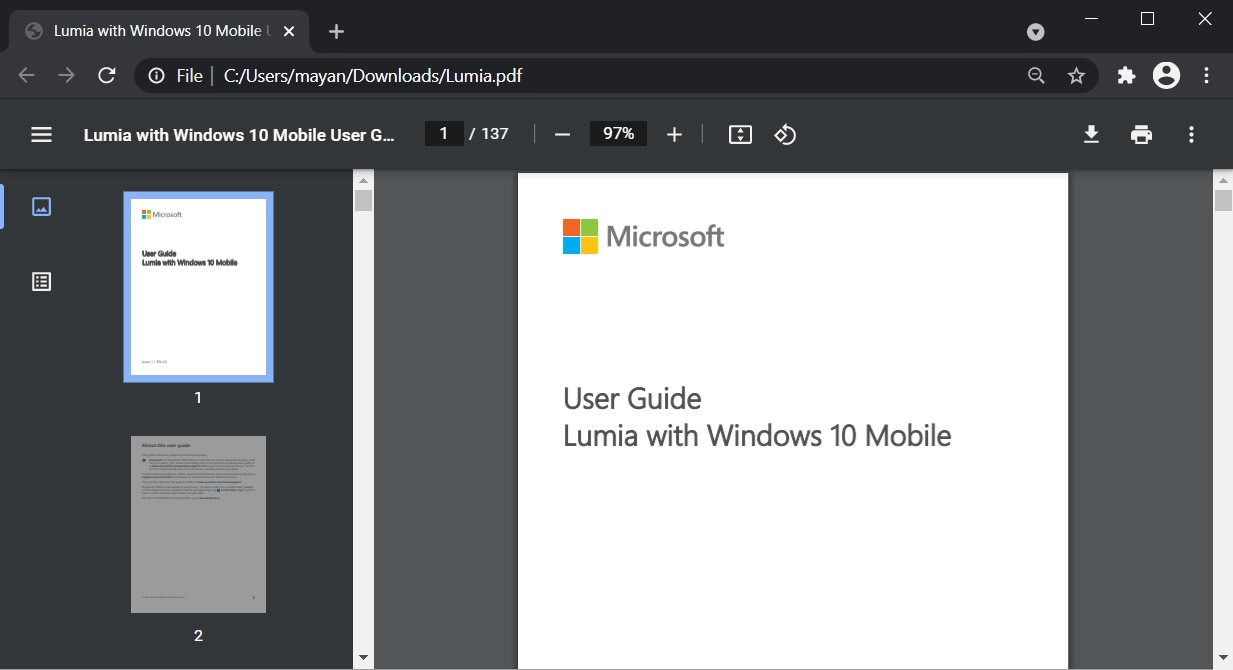

- Google chrome accessibility screen reader how to#
- Google chrome accessibility screen reader software#
In the standard view, the buttons with icons in the application interface should be replaced with text to make them discoverable to the reader. Readers can be used in the standard view or the simplified HTML view.
Google chrome accessibility screen reader software#
Screen-to-speech text-to-speech software such as ChromeVox on Chromebooks, VoiceOver on Mac, and JAWS or NVDA on Windows can read all information (user interface text and the contents of messages) in your Gmail mailbox in Chrome. To give everyone adequate access to all the features of the email account and associated apps, Google has included a whole list of optional accessibility solutions.

Gmail is a hub for teacher-student communication and convenient cloud storage of all shared files in schools using Google Workspace for Education. Explore the accessibility features built into individual Google apps and Chrome OS. Google Workspace for Education is also a teaching aid for students with sight, hearing or motor impairment.
Chromebook settings for students with visual impairmentĮach student should be able to actively participate in remote or hybrid classes, regardless of individual limitations. Personalize the accessibility features in your Google Account. Chromebooks – laptops designed for inclusive teaching in the Google ecosystem. Google chrome accessibility screen reader how to#
How to use Google Workspace for Education for free?. Add-ons that extend the accessibility features. Accessibility in Google file editing apps. The descriptions themselves won’t necessarily be 100-percent accurate for now - hence its placement in the beta-focused Canary channel - but it will almost certainly improve over time before finding its way to the more typically used, consumer-ready Stable channel. By turning on Google’s new feature, users will be able to get a description from Google’s image recognition algorithms instead. Primarily, that’s because screen readers are unable to recognize images if there’s no alt-text attribute set, simply skipping over the image instead. The new tool should prove extremely useful to augment screen readers, building on other recent implementations over the past year or more. Under ‘Accessibility,’ there will now be an option to toggle for getting “image descriptions from Google.” That’s fairly intuitive too, accomplished by navigating to the Settings menu under the three-dot menu at the top-right-hand side of the UI and scrolling down to expand and access Advanced settings options. Permission can be revoked later on or immediately afterward for those who might be concerned about privacy. YOU MIGHT ALSO LIKE Students develop Device that Converts Text to Braille in Real Time Regardless of which option is chosen, Chrome then presents the user with a permissions card asking for consent to receive the picture data and return a description. The system will either set a new preference in the deeper system settings to leave the feature on more permanently or return a description on a case-by-case basis depending on which option is selected. Users will be able to choose from ‘Always’ or ‘Just once’. With a screen reader installed, clicking on an image will now implement a “Get image descriptions from Google” in that menu. Turning on the screen reader augmentation is a straightforward process, with access easily available via a context click - right-click on most computers or an alt+click on Chrome OS devices. 
Google says the feature will be coming at some point later this year for the general Chrome user base. Once the image analysis is complete, the description is sent back to the user’s screen reader to be read out in line with other text in exactly the same way images would normally be included.

Users effectively enable the new feature by giving the browser permission to send images that are being read by the screen reader to Google for analysis. The feature allows images that haven’t been marked with a description or other attributes such as ‘alt text’ to be described to users anyway. Google has rolled out a new accessibility feature to the Canary Channel of Chrome in a bid to make screen readers more useful where images are concerned, according to a social media post from the company.








 0 kommentar(er)
0 kommentar(er)
